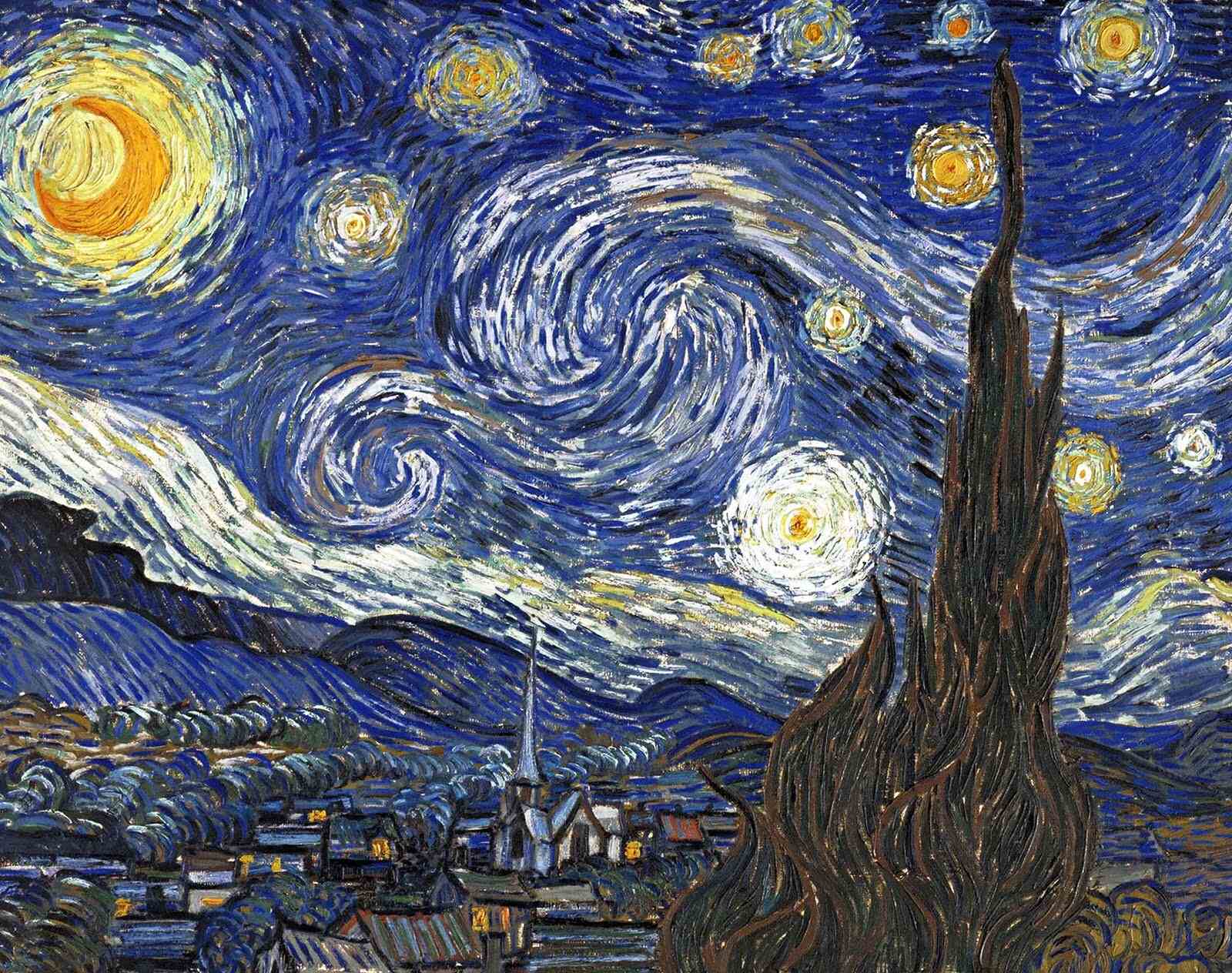
What makes iconic art movements so captivating? Art movements shape how we see the world, influencing everything from fashion to architecture. From the bold strokes of Impressionism to the abstract forms of Cubism, each movement tells a unique story. But what are the key facts that define these movements? Understanding these can deepen your appreciation for the masterpieces hanging in museums or even the designs in your everyday life. Whether you're an art enthusiast or a curious learner, knowing these facts can enrich your perspective. Let's dive into 30 intriguing facts about iconic art movements that have left an indelible mark on history.
Key Takeaways:
- The Renaissance period, known for its revival of classical learning and humanism, gave birth to iconic artworks like Leonardo da Vinci's "Mona Lisa" and Michelangelo's Sistine Chapel ceiling, shaping the art world for centuries to come.
- Baroque, Impressionism, Cubism, and Surrealism are art movements that brought dramatic light, natural forms, geometric shapes, and dream-like scenes to life, influencing art, architecture, and culture in profound ways.
Renaissance Art
The Renaissance was a period of great cultural change and achievement, spanning roughly from the 14th to the 17th century. This era saw the revival of classical learning and wisdom after the Middle Ages.
- The term "Renaissance" means "rebirth" in French.
- Leonardo da Vinci's "Mona Lisa" is one of the most famous paintings from this period.
- Michelangelo's Sistine Chapel ceiling took four years to complete.
- The Renaissance began in Italy, particularly in Florence.
- Humanism, a focus on human potential and achievements, was a key philosophy during this time.
- Artists like Raphael and Titian were prominent figures in Renaissance art.
- The use of perspective in painting was developed during the Renaissance, giving depth to artworks.
- The printing press, invented by Johannes Gutenberg, helped spread Renaissance ideas across Europe.
Baroque Art
Baroque art emerged in the late 16th century and lasted until the early 18th century. It is characterized by dramatic use of light and shadow, intense emotions, and grandeur.
- The word "Baroque" comes from the Portuguese term "barroco," meaning "irregular pearl."
- Caravaggio is known for his realistic depiction of human figures and dramatic use of chiaroscuro.
- Peter Paul Rubens was a prolific Baroque painter known for his vibrant, dynamic compositions.
- Baroque architecture often features grand staircases, large-scale ceiling frescoes, and opulent details.
- The Palace of Versailles in France is a prime example of Baroque architecture.
- Baroque music, with composers like Johann Sebastian Bach and George Frideric Handel, paralleled the art movement.
- The Catholic Church used Baroque art to convey religious themes and inspire faith during the Counter-Reformation.
Impressionism
Impressionism began in the late 19th century in France. This movement focused on capturing light and natural forms, often painting scenes of everyday life.
- Claude Monet's "Impression, Sunrise" gave the movement its name.
- Impressionist artists often painted en plein air, or outdoors, to capture natural light.
- Edgar Degas is known for his paintings of ballet dancers.
- Impressionists used short, thick strokes of paint to capture the essence of their subject.
- The movement was initially criticized and rejected by the traditional art community.
- Pierre-Auguste Renoir's works often depicted lively social scenes and vibrant colors.
- Impressionism paved the way for various modern art movements, including Post-Impressionism and Fauvism.
Cubism
Cubism, developed by Pablo Picasso and Georges Braque in the early 20th century, revolutionized European painting and sculpture. It broke objects into geometric shapes and presented them from multiple angles.
- Picasso's "Les Demoiselles d'Avignon" is considered a pivotal work in the development of Cubism.
- Cubism can be divided into two phases: Analytic Cubism and Synthetic Cubism.
- Analytic Cubism focused on deconstructing objects into fragmented parts.
- Synthetic Cubism introduced simpler shapes and brighter colors, often incorporating collage elements.
- The movement influenced architecture, literature, and music.
- Juan Gris, a Spanish painter, was another significant figure in the Cubist movement.
- Cubism challenged traditional perspectives and representation in art.
Surrealism
Surrealism emerged in the early 1920s, aiming to unlock the creative potential of the unconscious mind. It often featured dream-like scenes and bizarre, fantastical imagery.
- Salvador Dalí's "The Persistence of Memory" is one of the most iconic Surrealist works.
The Final Brushstroke
Art movements have shaped our world in countless ways. From Renaissance masterpieces to Abstract Expressionism, each era brought unique styles and ideas. Impressionism broke away from traditional techniques, while Cubism challenged perceptions of reality. Surrealism tapped into the subconscious, and Pop Art celebrated everyday objects.
Understanding these movements helps us appreciate the evolution of creativity. They reflect societal changes, technological advancements, and cultural shifts. Whether you're an art enthusiast or just curious, knowing these facts enriches your perspective.
Art isn't just about beauty; it's about expression, innovation, and connection. Next time you visit a museum or see a painting, remember the rich history behind it. Each brushstroke tells a story, each movement leaves a legacy. Keep exploring, keep learning, and let art inspire you.
Frequently Asked Questions
Was this page helpful?
Our commitment to delivering trustworthy and engaging content is at the heart of what we do. Each fact on our site is contributed by real users like you, bringing a wealth of diverse insights and information. To ensure the highest standards of accuracy and reliability, our dedicated editors meticulously review each submission. This process guarantees that the facts we share are not only fascinating but also credible. Trust in our commitment to quality and authenticity as you explore and learn with us.
